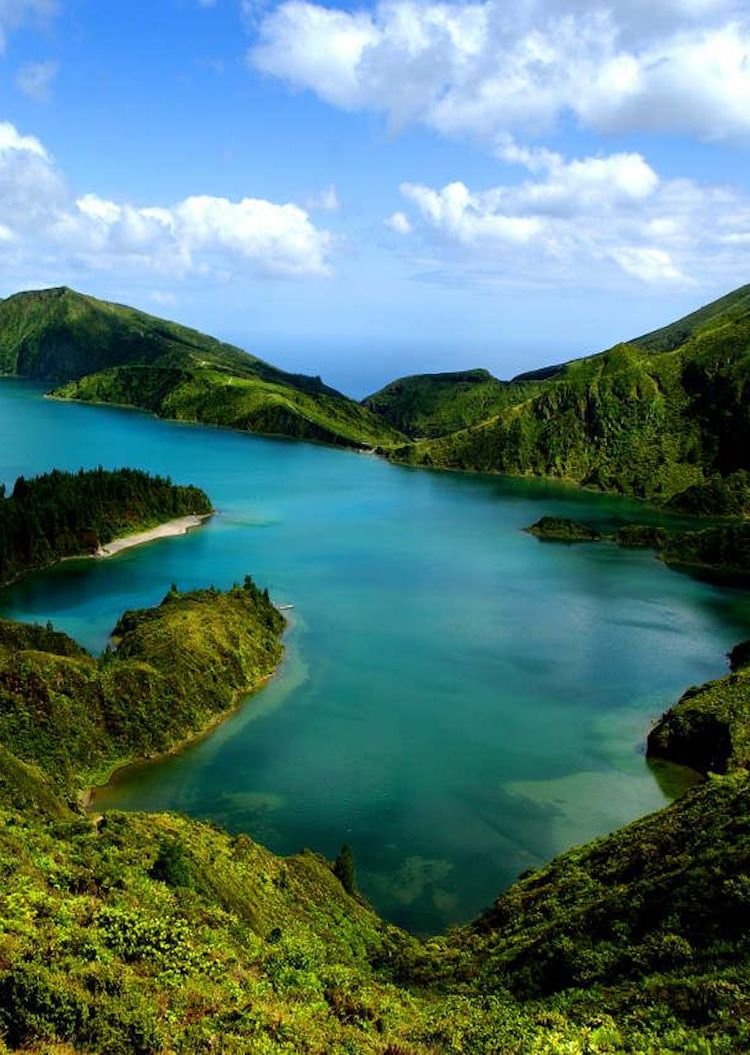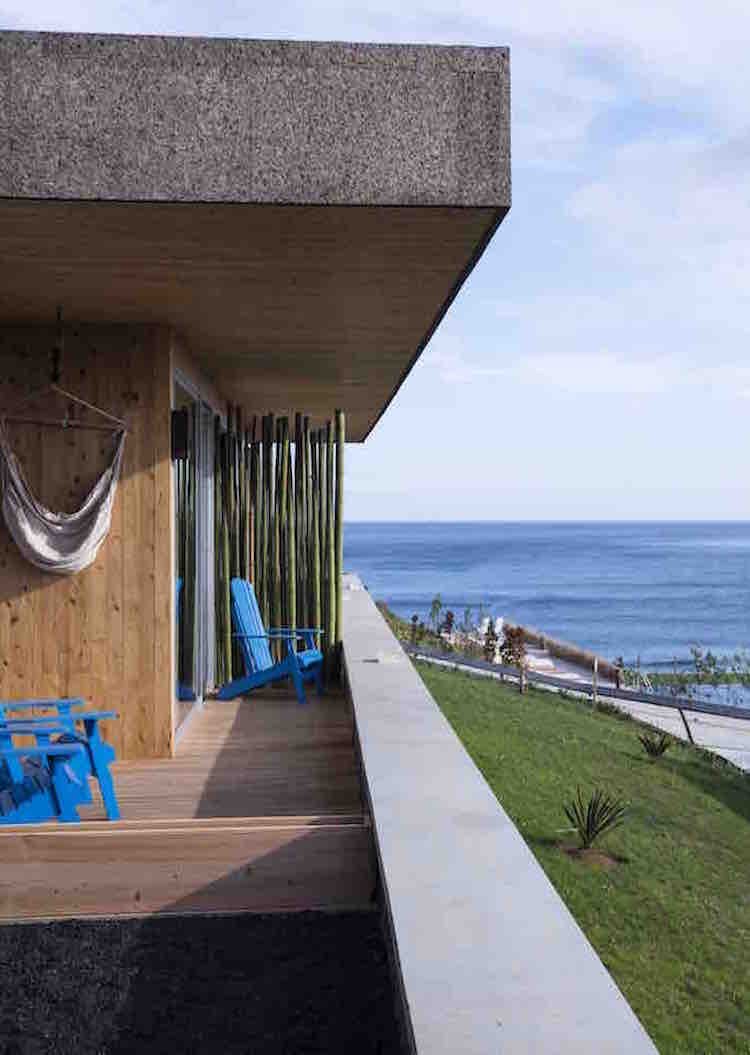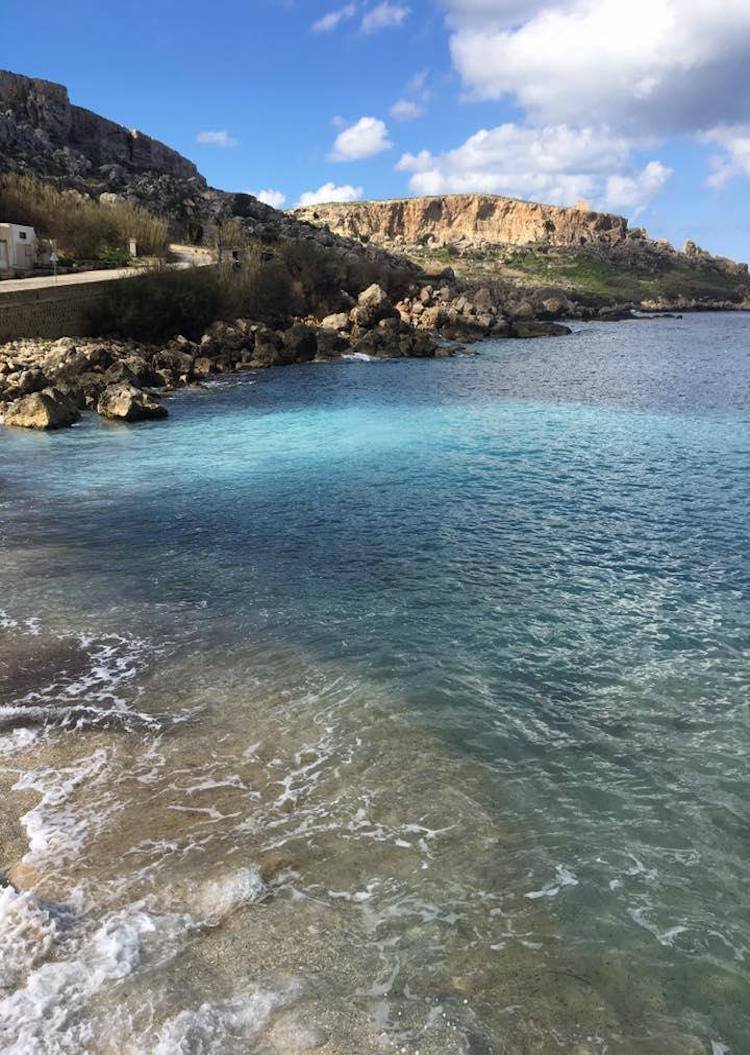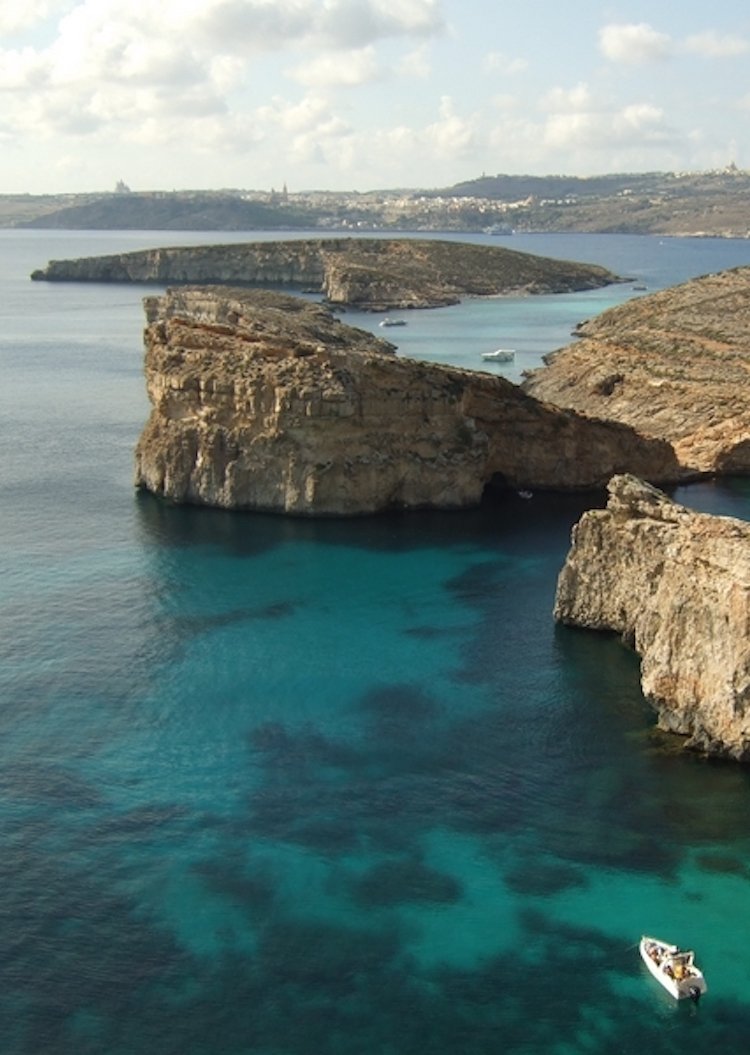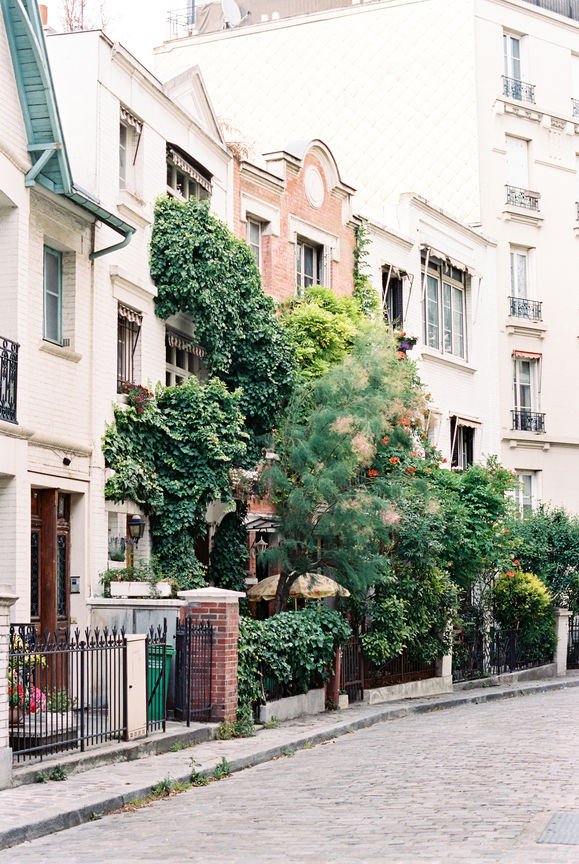
Go&Here, Not There: 5 Underrated European Cities For Conscious Travel This Summer
In 2017, there were 1.3 billion tourist arrivals around the world, half of them in Europe. More than two-thirds of international travelers go to just 20 countries.
With summer approaching and many of us planning to use our upcoming vacation time abroad, it is more important than ever to think about the impact our travel choices have on the environment, as well as the positive and negative consequences tourism can have on economies and local communities. On the one hand, tourism can be an excellent boost for economies. It can help to create jobs and allow for beneficial investment in infrastructure.
Tourism can also be harmful to cities though, especially when visitors do not have sustainability in mind. This is especially true for cities that are far too small for the extraordinary number of visitors each year. Think cities like Barcelona and Paris, or popular attractions like the Cinque Terre in Italy or Blue Lagoon in Iceland. European country officials were recently forced to come together to strategize limitations and regulations for tourists in the summer months.
This is why we are recommending a few alternative destinations for your summer trip to Europe. While cities like London and Rome welcome so many tourists for good reason, these popular cities are not the only destinations in Europe with incredible history, culture, and cuisine. If you have some of the top destinations on your bucket list, consider saving them for off-season travel. Instead, spend your summer holiday in these lesser-known, but equally incredible places.
The Azores
Instead of Iceland
According to data from Bloomberg, tourists outnumbered Icelanders seven to one in 2017. The small country (at 40,000 square miles the island can fit inside the state of Colorado) is preparing for 2.3 million people this year—that’s 500,000 more than the number of visitors in 2016! While Iceland is gorgeous and definitely worth visiting, the overwhelming number of tourists during peak season (June through August) is not sustainable for the country. Instead, we recommend planning a trip to Iceland during the fall, winter, or spring and opting instead for a summer vacation in the Azores Islands.
Located in the North Atlantic Ocean and just off the coast of Portugal, the Azores are less visited than Iceland, but also boast wild and adventurous terrain. With a much warmer climate, as well as a friendlier currency to US-travelers (Azoreans use the Euro as opposed to the Icelandic Krone), this autonomous region of Portugal has similar topography to Hawaii. Travelers can expect lush forests, volcanoes, and deep blue waters. Unlike Hawaii though, the Azores are a beacon of sustainability, making them a perfect destination for conscious travelers. According to Lonely Planet, only five percent of the land is developed, and by this year, the government hopes that seventy-five percent of the energy used by the island will come from renewable sources.
For a sustainable and luxurious accommodation option, check out the Santa Barbara Eco-Beach Resort—an oceanfront boutique hotel constructed from 100% local and eco-friendly materials.
York, United Kingdom
Instead of London
In 2017, London was the third most visited city in the world, just behind Bangkok at number two and Hong Kong ranking in at number one. Hosting 19.2 million tourists this past year, the capital of England seems to be on everyone’s summer travel list. And, according to 2018 predictions, the United Kingdom is expecting to see even more travelers this year: the UK is preparing for almost 42 million visitors—many of whom will be headed for the capital and visiting during summer months.
Instead of venturing to London, travel instead to one of the smaller and less-known cities of England: York. Only a two-hour train ride from the capital, this medieval city is just as rich in history and charm as the pricier and overcrowded London. Take the Shambles, for instance. A narrow cobble-stone maze and perhaps the most famous medieval street in the world, The Shambles is York’s most popular attraction; it used to be a street lined with butcher shops. There is also the ancient three-mile wall that circles around the city—it is the longest intact wall in England. York is also wonderful for book lovers, as it has many quaint and quirky bookstores, similar to London. And similar to London, travelers can count on numerous pubs for enjoying a pint.
For a truly English accommodation experience, visit The Parisi Hotel. Owned and operated by two sisters, this bed and breakfast prioritizes the environment, as well as supports the local economy by shopping for breakfast food and hotel necessities nearby.
Utrecht, Netherlands
Instead of Amsterdam
In 2017, the Netherlands experienced more tourism growth than most other countries in Europe. With picturesque canals, bike-friendly roads, and colorful row homes, we are not surprised. Amsterdam is a vibrant, fun, and relatively affordable city for tourists—but so is Utrecht sans the crowds.
Located only 28 miles from the Dutch capital, Utrecht is often called the laid-back alternative to Amsterdam. It is a city that also has canals, and bikes, and great coffee. While quite smaller than the capital, Utrecht is a beautiful medieval city rich in history and culture, making it the perfect alternative to the already overcrowded Amsterdam.
While staying in Utrecht, be sure to book a room at the fabulous and environmentally conscious Mary K Hotel. Situated in an 18th-century canal house, the hotel is designed by Mary K in collaboration with local artists. Cozy meets luxury meets sustainability—this is the place to stay during your visit.
Comino, Malta
Instead of Capri, Italy
Last summer, the mayor of Capri, Italy warned that the popular vacation destination was at risk of exploding due to the number of tourists. In 2017 alone, two million vacationers visited the historical and rugged island in the Bay of Naples. As a cruise ship port and easy day trip from both Sorrento and Naples, the island is especially overrun with people during the summer months.
Instead of visiting Capri this year, choose instead to stay in Malta—specifically, the island of Comino. Taking up only 1.35 square miles of space, the stunning island is home to only three residents and is almost entirely free of cars. And like Capri, Comino is also rich in history—it has been inhabited by Knights and pirates. Perfect for hiking, camping, snorkeling, lounging, and wading in the island’s Blue Lagoon, Comino is the perfect European island for your summer travels.
Check out Corinthia Hotel on the main island of Malta (15 miles from Comino) for a luxurious accommodation option with an admirable environmental sustainability policy.
Plzeň, Czech Republic
Instead of Munich, Germany
Known for its beer, beautiful architecture, and proximity to the Alps, Munich, welcomed 3.5 million foreigners in 2017, and almost one million of those travelers came from the United States. As the host of the annual and famous Oktoberfest (the world’s largest beer festival happening in the fall), Munich is a popular destination for travelers. And, while not as overcrowded as Germany’s capital, Berlin, other beer cities in Europe may be better suited for your summer holiday—such as Plzeň, or Pilsen.
The city that created the Pilsner beer (first produced 175 years ago), Pilsen is the perfect European city for beer lovers, as well as history buffs. Founded by the Czech King Wenceslas II in 1295, the charming city center has been declared a historic landmark and is home to the second largest synagogue in Europe: Great Synagogue of Pilsen. A short 90-minute train ride from Prague, this cobblestone paved city is the perfect summer destination for sipping crisp beer and exploring Eastern Europe. And, with a more favorable currency for US-travelers (they use the Czech Koruna rather than the Euro), it is also a budget-friendly travel destination.
Make sure to check out the Vienna House Easy Pilsen for a minimalist accommodation option directly across the street from the Pilsner Urquell Brewery.
RELATED READING
Kayti Christian (she/her) is an Editor at The Good Trade. Growing up beneath the evergreens in the Sierra Nevadas, she returns to California after a decade split between states—including three years lived abroad. With an MA in Nonfiction Writing, she’s passionate about storytelling and fantastic content, especially as it relates to mental health, feminism, and sexuality. When not in-studio, she’s camping, reading memoir, or advocating for the Oxford comma.

